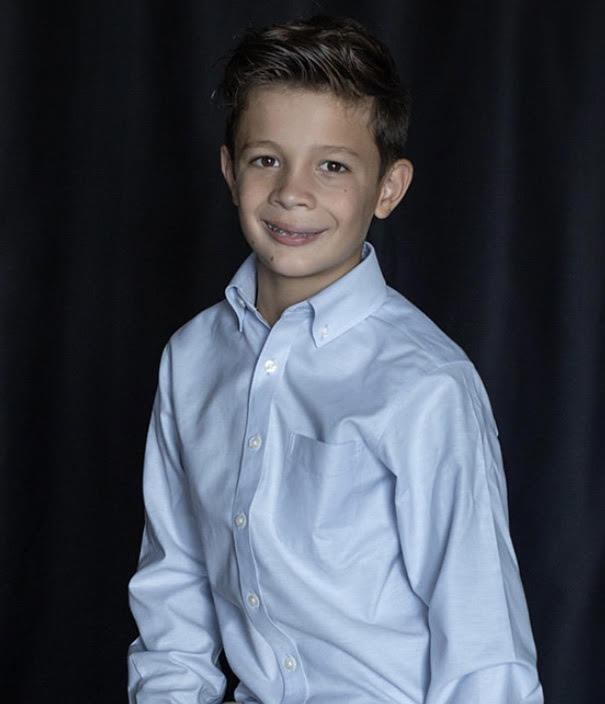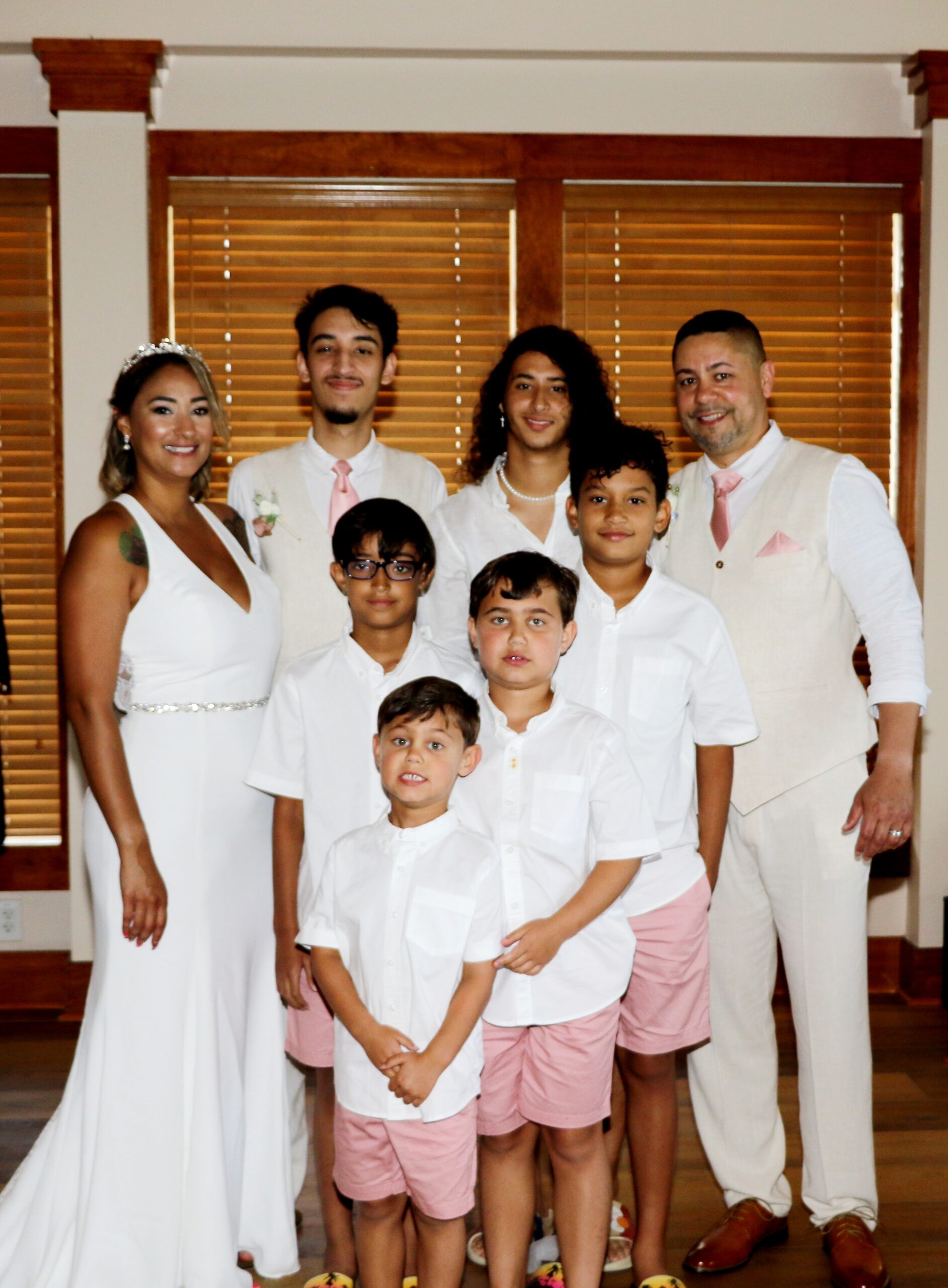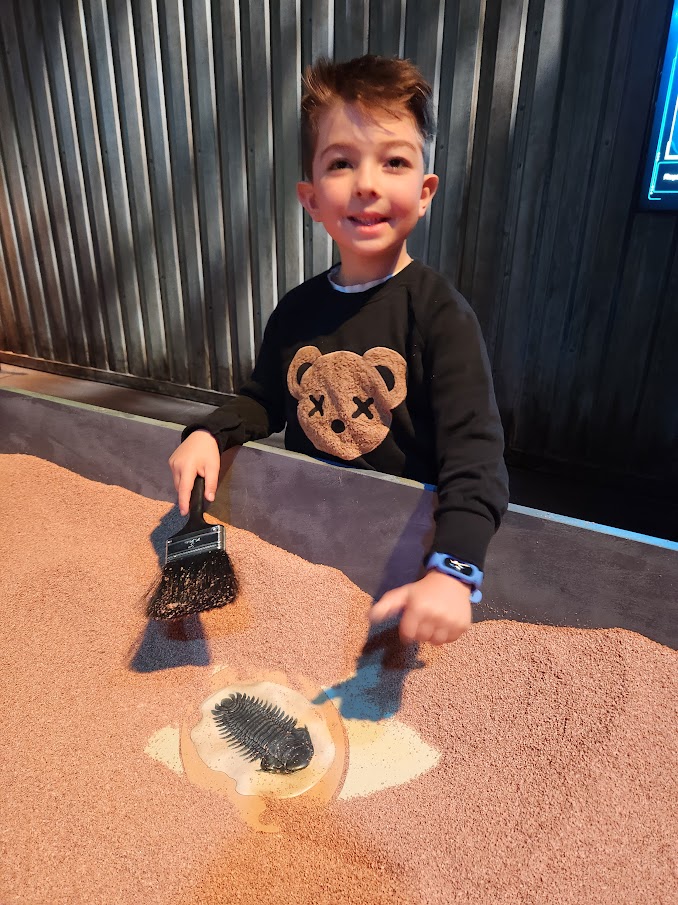Learn About Fibrous Dysplasia and Our FD Community

In June of 2021 Cash, at the age of 8 years old, was diagnosed with Craniofacial Fibrous Dysplasia (CFD) in the left side of his face only. FD is a rare bone disease that impacts people differently. FD grows asymmetrically to the non-affected side of the body. Cash has multiple bones through his face impacted,
specifically his cheek, orbit, pallet, and sphenoid bones. As there is no cure, Cash had surgery in 2023 at the age of 11 years old in Dallas, Texas. During this surgery, an egg size mass of FD was removed and the top layer of his skull was used to regraft his cheek. Cash is doing well and currently loves boy scouts, camping, and engineering. His long-term prognosis is excellent though the FD will likely continue until Cash is finished with puberty.
Meet Logan
Logan Middlebrooks is 8 years old. He was born in Indianapolis, IN. He loves to tour the museum, he likes gaming and playing on his play station. He likes battling on Roblox and has always loved science, math, and excelling in school. He was diagnosed with Fibrous Dysplasia in April of 2021, but does not and will not let that stop him from living the amazing life he was destined to.


Meet Weston
Weston Hill is a 10-year-old boy in Raleigh, North Carolina who has Craniofacial fibrous dysplasia. Weston was first diagnosed at the age of 4 when we noticed his vision was failing. The fibrous dysplasia had a major impact on the periorbital cranium/forehead causing optic nerve compression. In January 2018 Weston had surgery in an attempt to preserve his vision and remove the affected bone. Weston had a craniectomy of the frontal skull and left orbital roof to remove the tumor. At the same time, they did a cranioplasty to repair the skull with a peek implant and an orbital decompression of the left optic nerve. Unfortunately, Weston’s vison did not improve and as a result he is legally blind. Since 2018 much of the tumor has grown back, he is closely followed by an amazing team of doctors at Duke Childrens Hospital and the NIH. Despite this disease Weston is a super tough, energetic, fun loving little boy who’s courage and resiliency has absolutely amazed me. Weston has three big brothers and two little brothers he enjoys music and gaming with his friends.


Meet Torian
Diagnosed with MAS/FD at the age of 3. Torian enjoys fishing with his dad, playing video games with his two younger brothers, playing soccer and working towards his next belt in karate.


Meet Zoe
Zoe is 9 years old. She lives in Melbourne Australia and is currently in grade 3. She loves karate, drawing, pasta, horses, dogs, going to the beach and listening to music. She also has craniofacial fibrous dysplasia on her left orbit, frontal and temporal bones. Zoe was first diagnosed at 8 years old after a MRI scan. We thought she had a bump on her head from karate and wondered why it was taking so long for the bump to go down. A CT scan then followed and the next day our phones lit up with specialist appointments, neurosurgeons, plastic maxillary surgeons, ophthalmologists and endocrinologists at our local Children’s Hospital. We are 12 months into Zoe’s diagnosis and, while we understand she will face challenges as she grows, today she is happy and living life to the fullest. She brightens every room that she walks into. Her FD diagnosis will never stop her. It amazes me how strong and resilient she is.





Meet Gabriel
Age diagnosed – 5.5 years old
General details about diagnosis – Gabriel had always seemed very nasally when he spoke but the speech pathologist said he was actually pronouncing all his words correctly. The speech pathologist did notice slight facial asymmetry along the left hand side of Gabriel’s face but we didn’t think anything of the comment at the time. When we saw the ENT for what we thought would be a ‘routine’ adenoid issue, the ENT noticed a white mass behind his left eardrum. An ear CT, followed by a full head CT were ordered. We then received the diagnosis of polyostotic craniofacial fibrous dysplasia
Approximate location – Base of skull, orbital, temporal, sinus, cheek, ear, upper and lower jaw and skull bones are affected.









